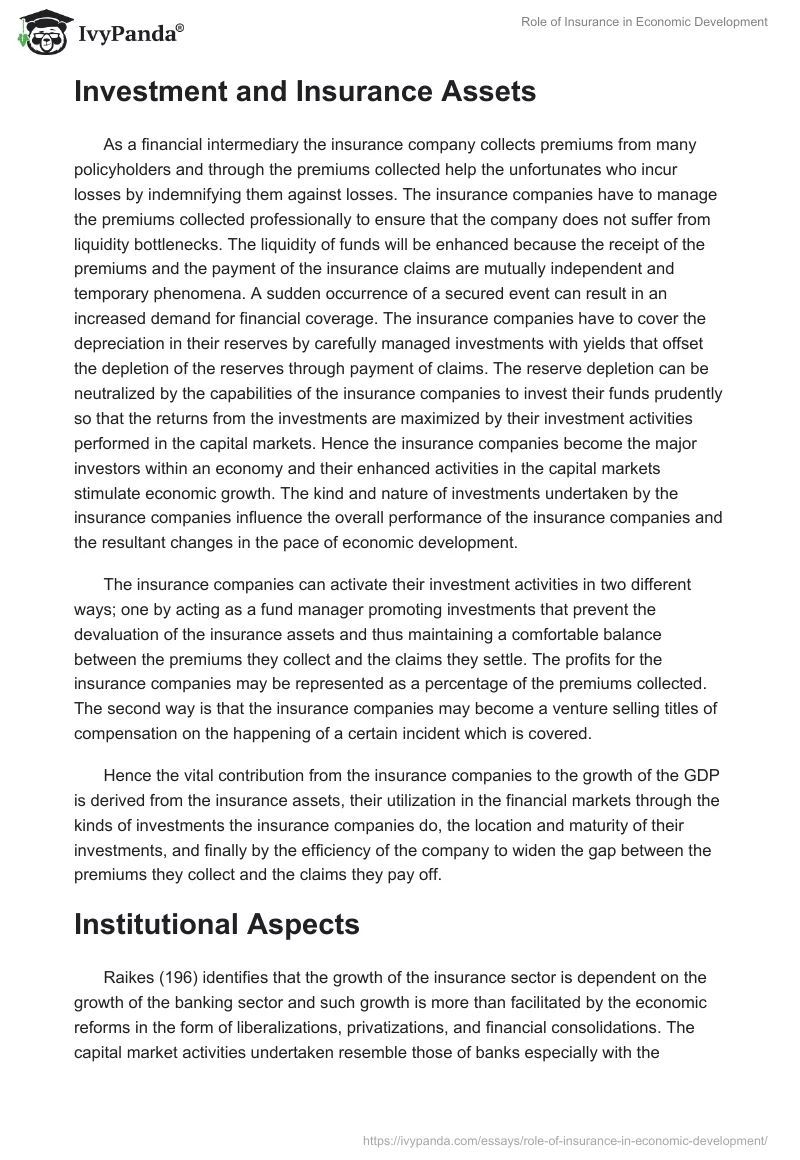The Only Guide for Pacific Prime
The Only Guide for Pacific Prime
Blog Article
The Single Strategy To Use For Pacific Prime
Table of ContentsIndicators on Pacific Prime You Need To KnowPacific Prime Can Be Fun For AnyonePacific Prime Things To Know Before You BuyHow Pacific Prime can Save You Time, Stress, and Money.Indicators on Pacific Prime You Should Know

This is due to the fact that the data were gathered for a period of solid economic efficiency. Of the estimated 42 million people that were uninsured, just about about 420,000 (concerning 1 percent) were under 65 years old, the age at which most Americans come to be eligible for Medicare; 32 million were grownups between ages 18 and 65, around 19 percent of all grownups in this age; and 10 million were youngsters under 18 years old, about 13.9 percent of all kids (Mills, 2000).
These price quotes of the number of individuals uninsured are generated from the yearly March Supplement to the Existing Population Study (CPS), performed by the Census Bureau. Unless otherwise kept in mind, nationwide estimates of people without medical insurance and percentages of the populace with different kinds of protection are based on the CPS, the most extensively made use of source of price quotes of insurance policy protection and uninsurance prices.
The Pacific Prime Diaries

Still, the CPS is specifically helpful due to the fact that it generates annual estimates fairly rapidly, reporting the previous year's insurance policy protection estimates each September, and because it is the basis for a regular collection of quotes for greater than twenty years, allowing for analysis of trends in coverage in time. For these reasons, as well as the considerable use the CPS in other studies of insurance policy protection that exist in this record, we count on CPS quotes, with limitations kept in mind.

The price quote of the number of uninsured individuals broadens when a population's insurance status is tracked for numerous years. Over a three-year duration starting early in 1993, 72 million people, 29 percent of the united state population, lacked insurance coverage for a minimum of one month. Within a solitary year (1994 ), 53 million individuals experienced at least a month without protection (Bennefield, 1998a)
Six out of every ten uninsured grownups are themselves employed. Working does enhance the probability that one and one's household members will have insurance, it is not an assurance. Even participants of households with two permanent breadwinner have virtually a one-in-ten opportunity of being uninsured (9.1 percent without insurance rate) (Hoffman and Pohl, 2000).
Getting The Pacific Prime To Work
New immigrants account for a substantial proportion of people without health and wellness insurance policy. One analysis has associated a considerable section of the recent development in the dimension of the united state without insurance population to immigrants that got here in the country between 1994 and 1998 (Camarota and Edwards, 2000). Recent immigrants (those who involved the USA within the past 4 years) do have a high rate of being without insurance (46 percent), but they and their youngsters make up simply 6 percent of those without insurance policy nationally (Holahan et al., 2001).
The relationship in between health and wellness insurance policy and access to care is well established, as documented later in this phase. Although the relationship between medical insurance and health end results is neither direct neither straightforward, a considerable clinical and health services research study literature links health and wellness insurance policy coverage to better accessibility to care, far better quality, and improved individual and populace wellness standing.
Levels of evaluation for examining the results of uninsurance. It concentrates especially on those without any kind of health insurance coverage for any type of size of time.
What Does Pacific Prime Mean?
The troubles encountered by the underinsured are in some areas similar to those faced by the without insurance, although they are usually much less serious. Health insurance coverage, however, is neither required nor enough to obtain accessibility to clinical services. The independent and direct effect of wellness insurance policy protection on accessibility to wellness services is well established.
Others will certainly acquire the healthcare they need even without wellness insurance coverage, by paying for it expense or seeking it from providers visit this website that provide care free or at very subsidized rates. For still others, wellness insurance coverage alone does not ensure invoice of care due to various other nonfinancial obstacles, such as a lack of health treatment carriers in their area, restricted accessibility to transport, illiteracy, or linguistic and cultural differences.
More About Pacific Prime
Official research study concerning uninsured populaces in the United States dates to the late 1920s and very early 1930s when the Committee on the Expense of Healthcare created a collection of reports concerning financing medical professional workplace check outs and hospital stays. This problem became significant as the varieties of medically indigent climbed up throughout the Great Depression.
Report this page